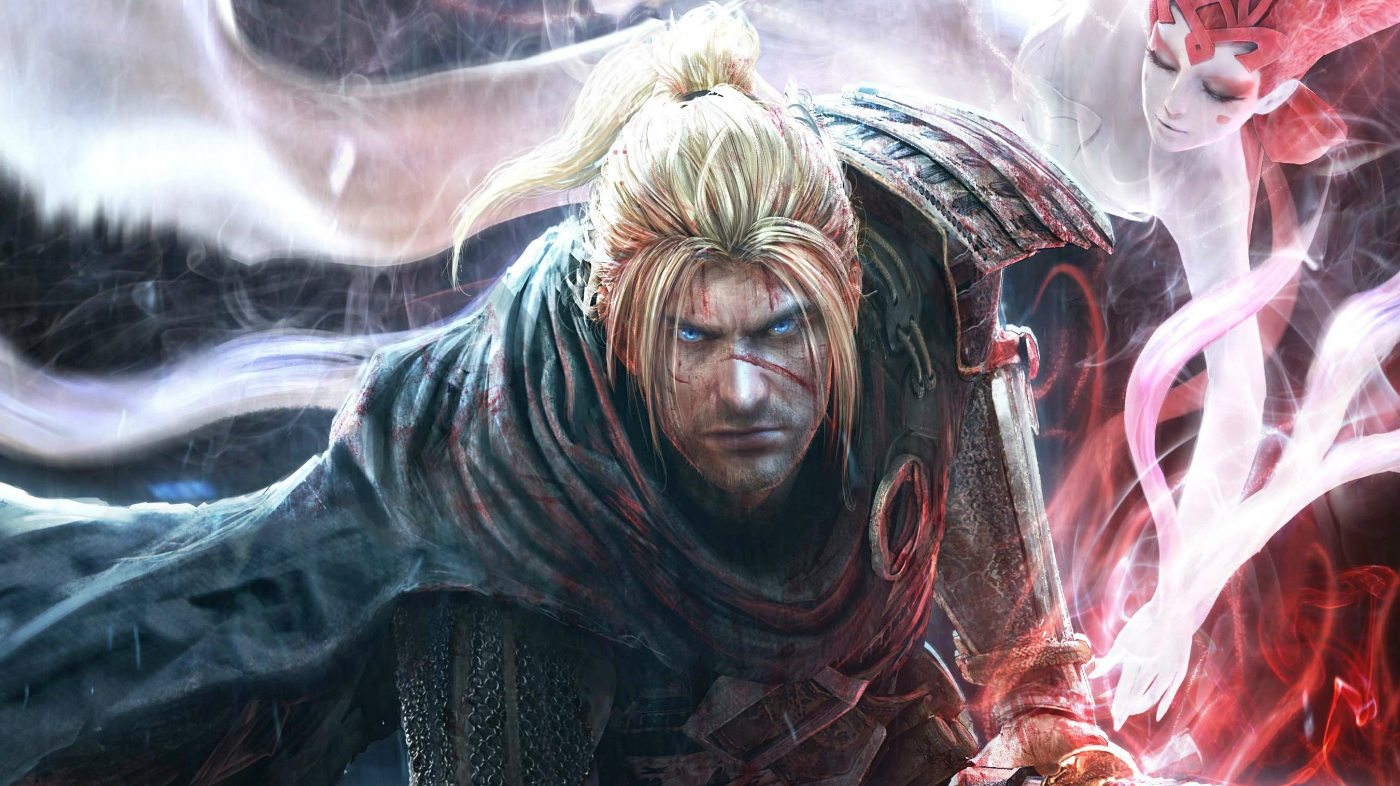An interview with Team Ninja’s Fumihiko Yasuda
It’s been a long and winding road for Nioh. Koei unveiled the project a decade and a half ago — four years prior to the company’s 2008 merger with Tecmo, whose own Team Ninja (Dead or Alive, Ninja Gaiden) is now handling development of the game — and let’s just say a lot has changed since then.
Over that time, Nioh has taken the form of a Musou game (Dynasty Warriors), a Ninja Gaiden clone, and probably a few other things in between, director Fumihiko Yasuda told me while catching up with Destructoid in Los Angeles last week at E3. But it wasn’t until a couple years ago, Yasuda said, that Nioh really began to take shape and move beyond the early, conceptual phases of development.

I asked Yasuda what rescued the title from development hell, wondering if there was a particular catalyst that caused Koei Tecmo to finally move ahead with production. In a moment of candor, he said From Software’s Souls series and its hardcore following had a significant impact on Team Ninja.
“As anyone can see, we have that influence,” Yasuda said via an interpreter. “We have a lot of Souls fans on our design team. It’s not something we’re trying to hide. There’s an obvious inspiration there.
“Of course, it’s an honor to be compared to a series we ourselves love, but we also really want Nioh to be recognized as its own unique thing,” Yasuda added. “If people spend time with Nioh and play it, I think they will discover the unique qualities the game brings to the table.”

Those qualities, or at least some of them, were on display in the title’s open alpha test on PlayStation Network last month. Since then, the game has undergone a series of adjustments, as Team Ninja has worked to incorporate player feedback ahead of the game’s looming 2016 release window.
With mere months remaining until Nioh‘s long-awaited launch, the development team is working to improve basic mechanics, like the controls and camera, as well as design a tutorial area — so players can better understand what they are being asked to do before Nioh beats them down again and again.
The main idea behind these changes is fairness. Team Ninja is well accustomed to making difficult games, but Yasuda’s aim is to ensure the challenge Nioh poses never feels “unfair” to the player.
While he wouldn’t elaborate on how different Nioh will turn out from we’ve seen of the game to this point, Yasuda hammered home just how far the project has come by discussing its protagonist, William, who has been just about the only constant in Nioh‘s protracted development cycle.

Whether it was a Dynasty Warriors reskin or something more akin to Dark Souls, Nioh has always had the same hero, a blonde-haired, blue-eyed samurai. From the outset, Koei has been more fixated on telling the story of this character, an English sailor and major figure in Japanese history by the name of William Adams, than the company has been married to a particular mechanic or genre.
After more than nineteen months at sea, Adams and a handful of other sickly members of the Dutch East India company made landfall off the isle of Kyushu. Adams went on to establish a number of trade routes for Japan and become the first (and one of the only) western samurai in recorded history.
“His story is really fascinating to us and it’s a central part of the game,” Yasuda told me. “The main parts of his life are all in the game … We’ve added some fantastical elements, like youkai, [to his story], but basically [Nioh‘s central narrative] is pretty true to what we know of Adams.”
Given how long Koei has waited to tell this story and how many forms it’s taken over the years, it will be fascinating to see the final product when it finally launches exclusively for PlayStation 4 later this year.


